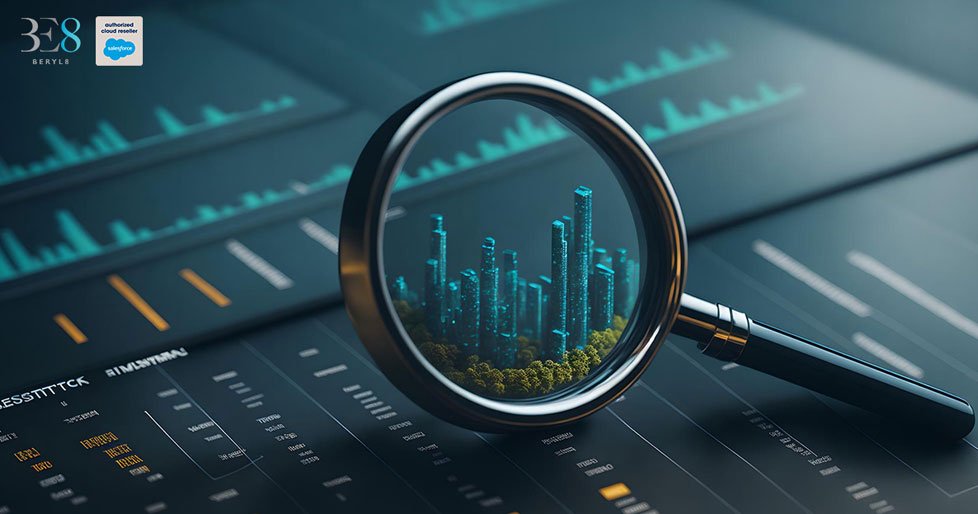7 Digital Trends You Need to Know for 2023

New business goals, objectives, and digital initiatives. Since the pandemic, we’ve seen organizations speed up and adjust their digital transformation strategies faster than ever to meet new customer expectations and market demands.
Digital trends to keep an eye on for 2023
As we head into the new year, organizations will adjust once again to optimize spending on operations and investments while driving growth through these unforeseen economic times. We’ve compiled the latest market data and have identified the trends expected to shape the digital transformation strategies of leading businesses in 2023.
1. Automation will be an enterprise-wide initiative
Automation has been a priority for IT leaders for some time now. According to Deloitte, 53% of organizations have already started implementing robotic process automation (RPA) and that’s expected to rise to 72% over the next two years. But many automation use cases are isolated and serve a single or limited purpose, which creates governance issues and limits scale.
In 2023, we’ll see that leading organizations will move away from isolated pockets of automation to more strategic, enterprise-wide automation or hyperautomation initiatives. Gartner forecasts that by 2024, hyperautomation will allow organizations to lower operational costs by 30%. Amid rising economic uncertainty, hyperautomation will accelerate digital transformation and drive efficient growth to help organizations better navigate the disruption.
2. Composability will be a core pillar of business strategy
Data silos have been a consistent barrier to connectivity - especially considering that the average organization has 976 different systems. Many organizations are using a composable approach to overcome their integration challenges. By 2023, Gartner predicts that 60% of mainstream organizations will list becoming a composable enterprise as a strategic objective and will use an increasing number of packages business capabilities (PBCs) to achieve this goal.
More businesses will prioritize composability - a method for integration and automation that allows teams to reuse existing capabilities which shortens the time to value. This approach provides organizations with the flexibility they need to adapt with agility to changing market demands in the pursuit of customer loyalty and growth in 2023 - and to do so in a cost-effective and strategic manner.
3. Low/no-code tools will speed up transformation
Businesses ask a lot of their IT teams. During the pandemic, the need for digital capabilities increased across the organization and several departments needed IT’s help to deliver business-critical digital initiatives. In 2021 alone, there was an average increase of 40% in the number of projects IT was asked to deliver – 52% of which weren’t delivered on time.
To speed up innovation within the organization, business technologies need tools to self-serve the digital capabilities IT provides. IT will need to roll out low/no-code tools across the organization that will give non-technical users the ability to drag and drop digital capabilities and data so these teams can automate processes and create new services on their own, with the right IT guardrails built in.
4. Total experience (TX) strategies take over
Organizations today are realizing that the employee experience is just as important to business success as the customer experience. Businesses need to attract and keep the right people which is becoming increasingly difficult in this scarce talent landscape. Today, 46% of IT leaders are measured on employee experience, which is almost as high as those measured against customer experience (48%).
In 2023, an increasing number of leading organizations will look at total experience (TX) to improve the journeys for both customers and employees, particularly in the areas where they intersect. This strategy will create superior shared experiences and drive additional business value by reusing existing technology investments that are foundational to key customer and employee experience initiatives.
5. Data fabric will reduce the cost of bad decisions
Smart decisions are made when leaders have access to the right data. The problem is, so much of an organization’s data is locked away in silos across the enterprise. As part of their composable strategy, organizations will focus more attention on creating a data fabric that connects data across platforms and between business users to reduce wasted business opportunities that stem from poor or untimely decisions by unlocking value from siloed data.
6. Edge computing will require a cybersecurity mesh approach
During the pandemic, speed was of the utmost importance. For most organizations, this meant making significant investments in cloud computing, containers, and microservices, which provided the digital agility needed to innovate quickly. As of 2021, most organizations have a multi-cloud (92%) and hybrid cloud (82%) strategy.
To stay competitive, many organizations are looking to enhance this speed even further with edge computing. This offers the potential to deliver faster insights by conducting analytics where data is created, rather than transmitting it back to a central repository for processing. This will lead to increased security risk, which organizations will need to mitigate through emerging cybersecurity mesh approaches, underpinned by universal API management.
7. Sustainability will drive ongoing IT investments
Environmental sustainability is among the biggest challenges facing society today. Given that our world is increasingly built on software, IT strategies are critical when it comes to meeting sustainability goals set by governments and businesses. Ninety percent of technology leaders recognize sustainability as a key IT objective in their organization today and expect budgets to increase by 10-20% over the next three years.
Organizations will increasingly realize that data-driven insights and improved integration across supply chains help deliver business value through more efficient and sustainable ways of working, which support the global effort to reduce carbon emissions.
To learn more, read the full report on 2023’s upcoming digital trends or contact our sales team by clicking here.



